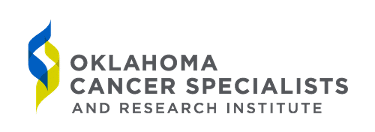Miami Cancer Institute is a world-class cancer treatment and research destination in South Florida. In 2022, Miami Cancer Institute partnered with LeanTaaS to implement iQueue for their infusion centers at the Kendall location (60 chairs) and later the Plantation site (12 chairs) in 2023. This aimed to improve operational efficiency and unlock capacity to accommodate Miami Cancer Institute’s growing patient volumes.
With increasing demand for infusion services, Miami Cancer Institute faced several challenges:
Miami Cancer Institute partnered with LeanTaaS and implemented iQueue for Infusion Centers in June 2022 at the Kendall location. iQueue helped optimize infusion workload balancing, provided visibility into scheduling decisions, and identified operational areas for improvement such as how patients were being assigned to nursing staff.
Previously, patients were pre-assigned to specific nurses before their treatment. This process required extensive time from nurse leaders to manually allocate patients while considering factors like each nurse’s existing workload, treatment complexities, and staffing constraints. If a nurse called out, their entire patient load had to be redistributed across the remaining nurses.
Miami Cancer Institute transitioned to a new methodology, which was introduced and supported by LeanTaaS’s Process Optimization team, of dynamically matching patients to available nurses in real-time based on the appropriate workload mix and patient needs. This data-driven approach replaced the labor-intensive pre-assignment of patients to nurses.
Overall, the partnership with LeanTaaS and iQueue implementation allowed Miami Cancer Institute to increase operational efficiency through improved resource utilization, better aligned scheduling, and data-driven insights.
The iQueue solution enabled more efficient resource utilization and provided valuable data insights to drive continuous improvement in operations. This partnership with LeanTaaS allowed Miami Cancer Institute to increase throughput, reduce wait times, better align scheduling with demand, and realize significant returns on their investment.









Take the first step towards unlocking capacity, generating ROI, and increasing patient access.